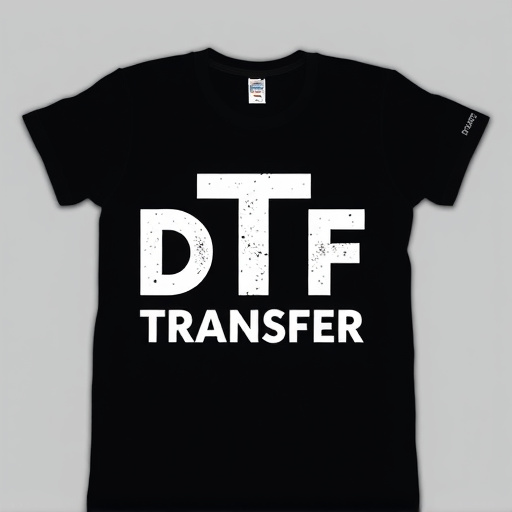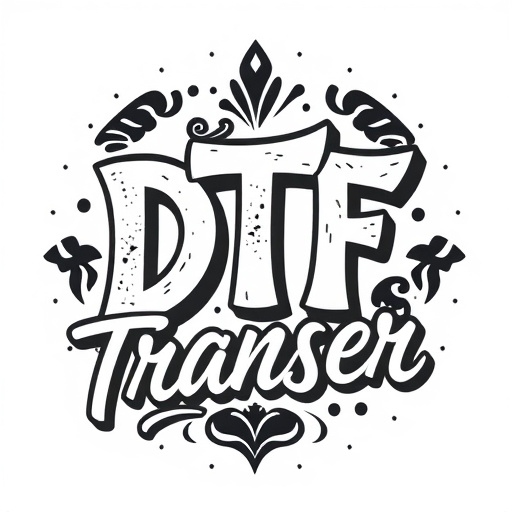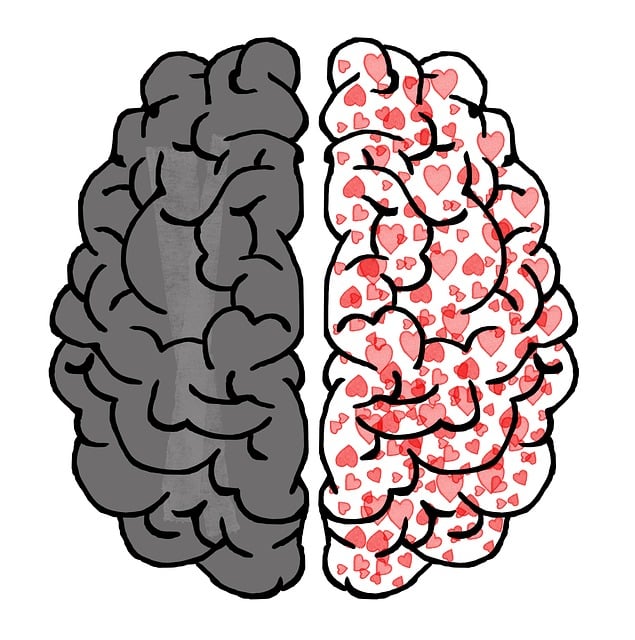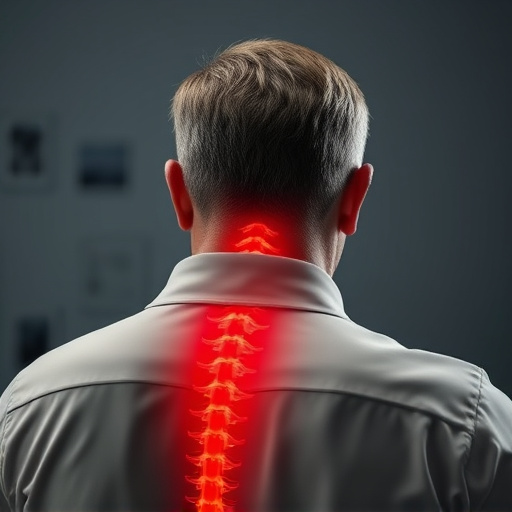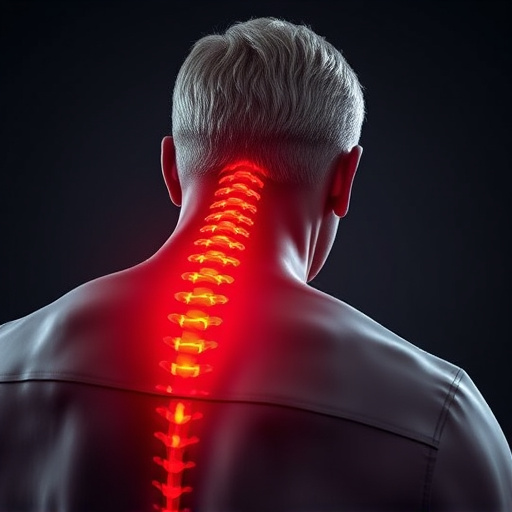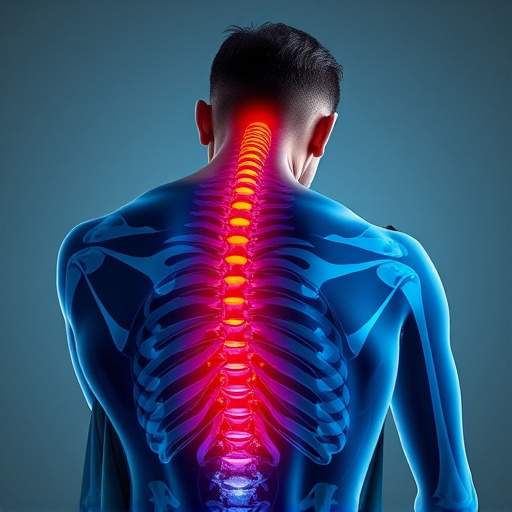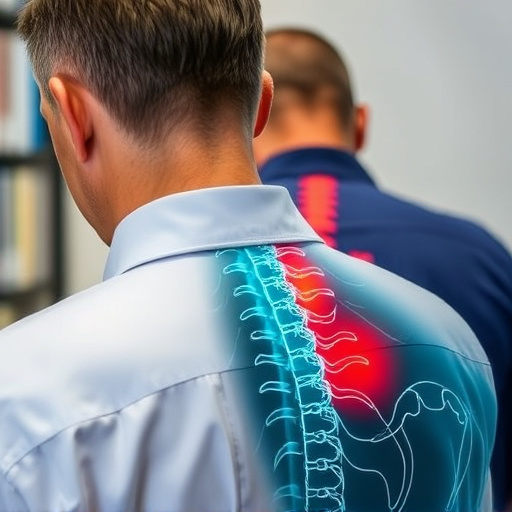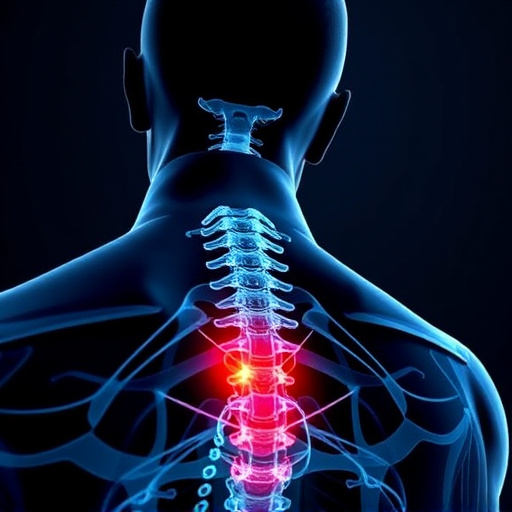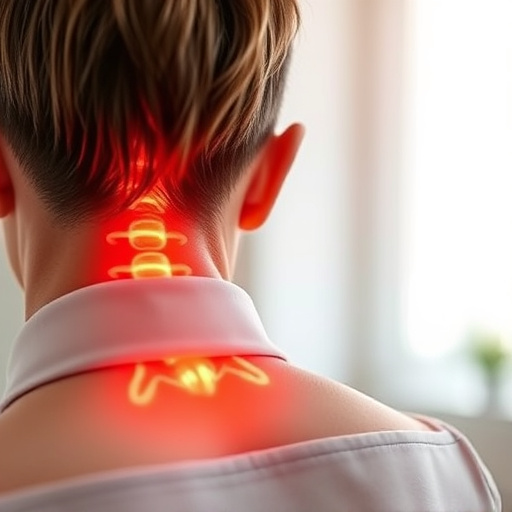Neck and back pain, caused by muscle strains, spinal issues, or arthritis, can severely impact daily life. Accurate diagnosis through patient history, physical exams, and imaging techniques is crucial for personalized treatment strategies focusing on symptom management and function restoration. Brain and nervous system injury specialists play a vital role in managing complex conditions related to neck and back pain relief using advanced techniques like physical therapy and neuro-rehabilitation. Non-invasive interventions, including spinal manipulation therapy and chiropractic care, offer gentle yet effective solutions for targeted neck and back pain relief without surgery. Rehabilitation involves multi-disciplinary teams creating personalized plans integrating exercises, cognitive therapies, and pain management strategies. Preventing recurring pain includes adopting healthy lifestyle changes, regular exercise, good posture, ergonomic habits, ongoing physical therapy, mindfulness, and yoga, with regular check-ups for continuous care and adjustments.
Are you suffering from persistent neck or back pain? You’re not alone. Neck and back pain is a common struggle, often stemming from injuries to the spine, nervous system, or brain. Brain and nervous system injury specialists are trained to diagnose and treat these complex conditions, offering hope for lasting pain relief. This guide explores various treatment options, from advanced therapies to rehabilitation strategies, empowering you to take control of your health and find lasting neck and back pain relief.
- Understanding Neck and Back Pain: Causes and Diagnosis
- The Role of Brain and Nervous System Injury Specialists
- Advanced Treatment Options for Chronic Pain Relief
- Non-Invasive Interventions: Minimally Invasive Techniques
- Rehabilitation and Recovery: A Comprehensive Approach
- Preventing Recurrence: Long-Term Strategies for Neck and Back Health
Understanding Neck and Back Pain: Causes and Diagnosis
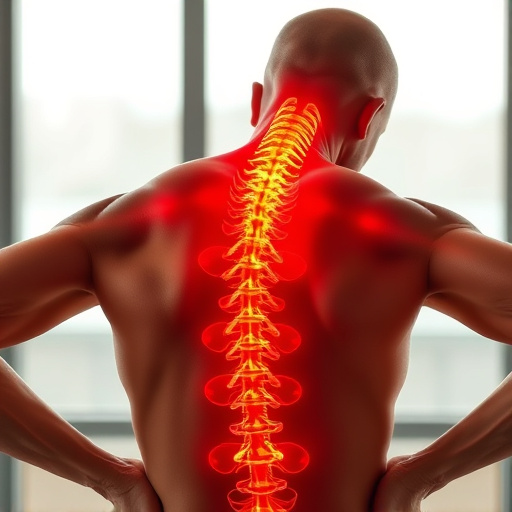
Neck and back pain is a common issue that can significantly impact an individual’s quality of life. Understanding the causes and diagnosis of these ailments is crucial for effective treatment and achieving lasting neck and back pain relief. Various factors contribute to such discomfort, including muscle strains, spinal misalignments, herniated discs, arthritis, or even nerve compression. These conditions may arise from injuries, poor posture, repetitive motions, or age-related wear and tear.
Diagnosing the root cause involves a comprehensive approach. Medical professionals often begin with a thorough patient history, physical examination, and imaging tests like X-rays, MRI scans, or CT scans. These tools aid in identifying structural abnormalities, spinal stenosis, nerve damage, or other potential sources of pain. Accurate diagnosis is essential for specialists to develop tailored treatment plans aimed at managing symptoms and restoring function, ultimately providing much-needed neck and back pain relief.
The Role of Brain and Nervous System Injury Specialists
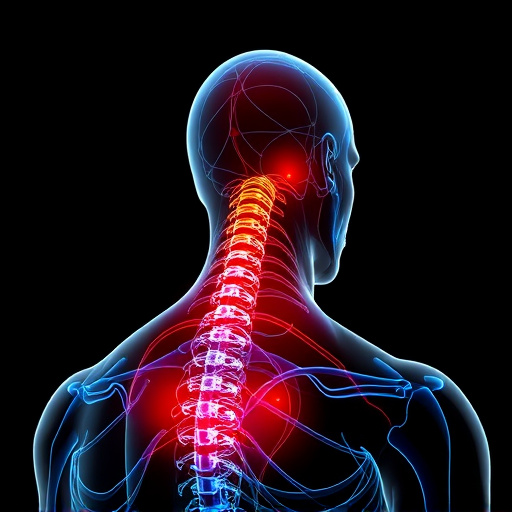
Brain and nervous system injury specialists play a pivotal role in addressing complex medical conditions that impact neural health. These experts are equipped to diagnose and treat various injuries affecting the brain, spinal cord, and peripheral nerves, including those related to neck and back pain relief. Their comprehensive approach involves advanced techniques such as physical therapy, neuro-rehabilitation, and novel therapeutic interventions tailored to each patient’s unique needs.
By specializing in these areas, they offer hope and improved quality of life for individuals struggling with conditions like whiplash, herniated discs, and peripheral neuropathy. Through meticulous assessment and personalized treatment plans, these specialists can help manage pain, enhance neurological function, and enable patients to regain independence and return to their everyday activities.
Advanced Treatment Options for Chronic Pain Relief
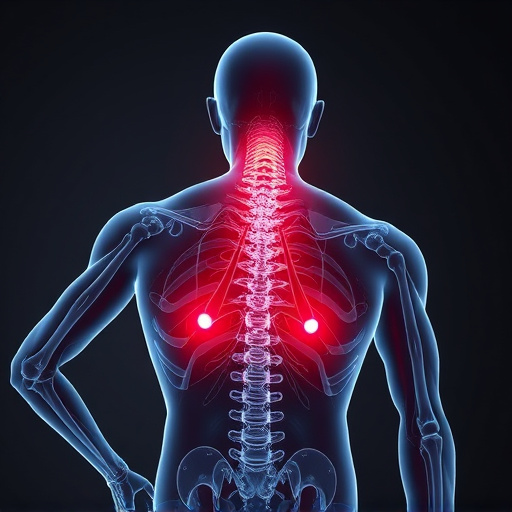
Non-Invasive Interventions: Minimally Invasive Techniques
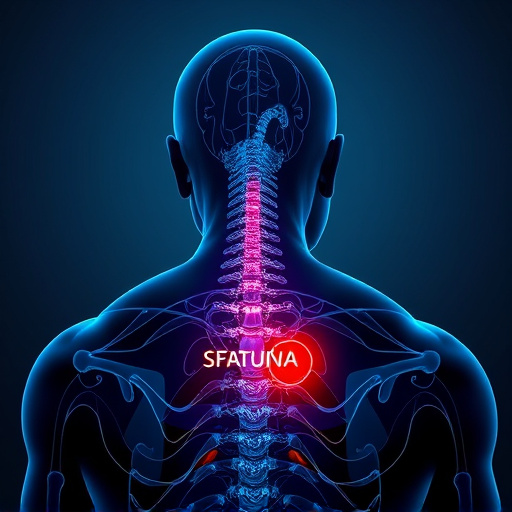
Non-Invasive Interventions offer a range of minimally invasive techniques for managing neck and back pain, revolutionizing treatment options for specialists. These advanced methods focus on natural healing processes, aiming to reduce discomfort and improve overall mobility without surgical incisions or extensive recovery periods. Techniques such as spinal manipulation therapy, chiropractic care, and physical therapy are gaining recognition for their effectiveness in treating various musculoskeletal conditions, including chronic neck stiffness and lower back ache.
By utilizing specialized equipment and expert knowledge, these interventions target specific areas of the spine and nervous system, providing targeted relief. Minimally invasive procedures also include thermal therapies, electrical stimulation, and specialized massage techniques that alleviate pain, reduce inflammation, and enhance tissue repair. Such non-invasive treatments empower patients to take an active role in their recovery, offering a gentle yet powerful approach to achieving lasting neck and back pain relief.
Rehabilitation and Recovery: A Comprehensive Approach
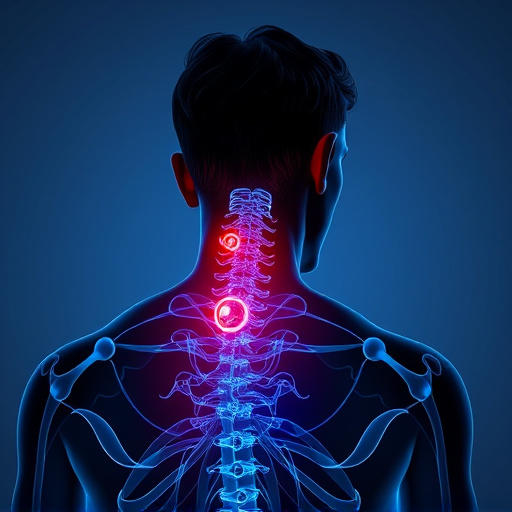
Rehabilitation and recovery from brain and nervous system injuries often require a comprehensive, multi-faceted approach. This typically involves a dedicated team of specialists, including physiatrists, physical therapists, occupational therapists, and neuropsychologists, working together to address various aspects of the patient’s condition. The goal is not just to manage symptoms but to restore function and improve quality of life. This holistic process can include targeted exercises to enhance motor skills and coordination, cognitive therapies to sharpen mental abilities, and pain management strategies for conditions like neck and back pain relief.
A personalized rehabilitation plan takes into account the specific nature of the injury, the patient’s unique needs, and their progress over time. This tailored approach ensures that each individual receives the most effective care possible. Through a combination of therapeutic interventions, patients can regain lost functions, learn new strategies to cope with remaining challenges, and develop resilience for long-term recovery. The ultimate aim is to empower individuals to live fulfilling lives despite the initial setbacks caused by brain or nervous system injuries.
Preventing Recurrence: Long-Term Strategies for Neck and Back Health
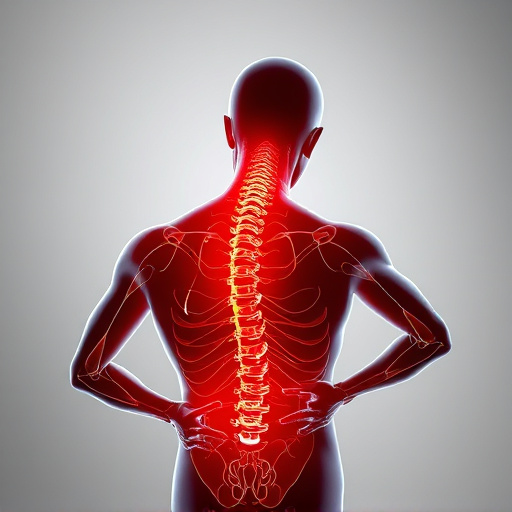
Preventing Recurrence: Long-Term Strategies for Neck and Back Health
For individuals recovering from brain and nervous system injuries, managing neck and back pain relief is a multifaceted process. While immediate care focuses on alleviating symptoms and promoting healing, long-term strategies are essential to prevent recurrence. These involve adopting sustainable lifestyle changes, such as regular exercise tailored to strengthen the spine and improve flexibility, maintaining proper posture during daily activities, and practicing ergonomic habits to support the neck and back.
Additionally, ongoing physical therapy plays a crucial role in enhancing recovery by teaching specific exercises for pain management and rehabilitating muscles. Incorporating stress reduction techniques, like mindfulness and yoga, can also be beneficial as chronic stress negatively impacts spinal health. Regular check-ups with healthcare professionals are vital to monitor progress and adjust strategies, ensuring ongoing neck and back pain relief and preventing future injuries.




